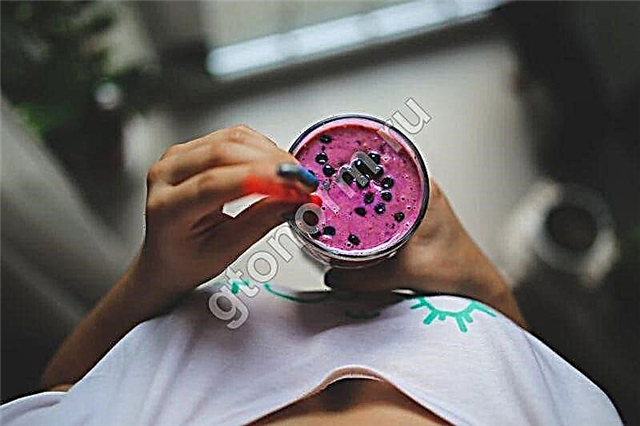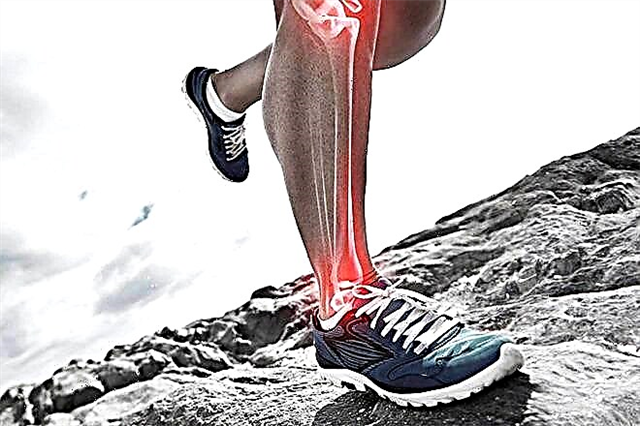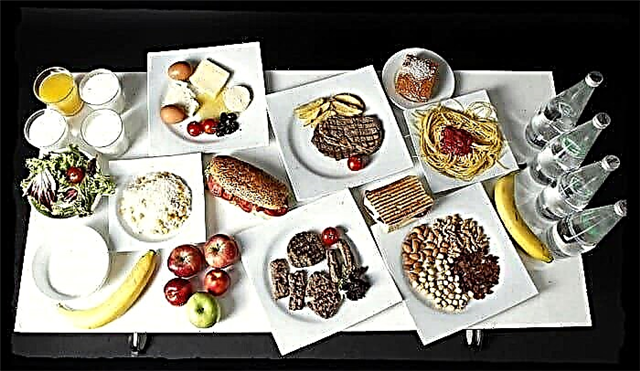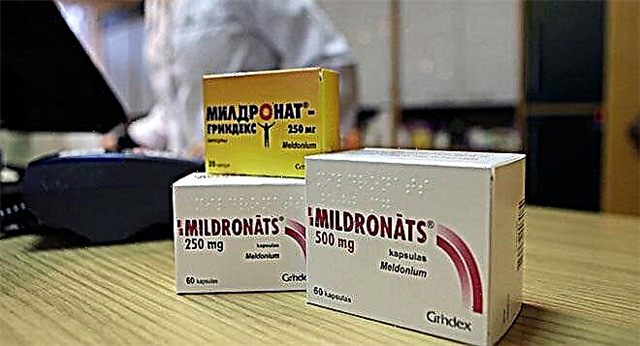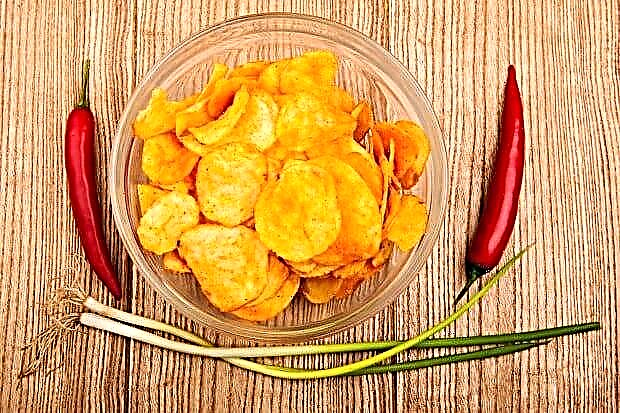Pre-workout articular warm-up is a necessary and very important part of any mindful physical activity. As many recognized sports experts say, warm-up without training is better than training without warm-up. Why is that? Let's try to understand this issue and decide for ourselves whether or not to do it?
What is a joint warm-up?
It is not by chance that the articular warm-up is called that way - the task of this complex is to increase blood circulation in the area of large and small joints of the body. But do not deceive yourself: it is impossible to stretch the joints without affecting the muscles. As a reminder, joints are nothing more than potentially movable joints between the bones of the skeleton, set in motion by the muscles of the body. Muscle tissue is the only one that is capable of active, controlled contraction from the central nervous system.
The second point is a very poor blood supply to the joints. The connective tissues are quite dense, their metabolism is slow, and accordingly, the production of intra-articular fluid at rest is extremely small - in fact, it is minimal enough to provide the need for "lubrication" of the articular surfaces. In order to increase the production of intra-articular fluid and, accordingly, improve the trophism of the joint, it is necessary to increase blood circulation in the area of this joint. How? By increasing the blood supply to the muscles surrounding it.
What is needed to increase the blood supply to the muscle? That's right, make the muscle work, that is, perform an active contraction.
It should also be noted that with increased blood circulation in the joints, the saturation of the ligaments with extracellular fluid increases, due to which the elasticity of the latter increases. The same applies to tendons - the places where muscle fibers attach to bones.
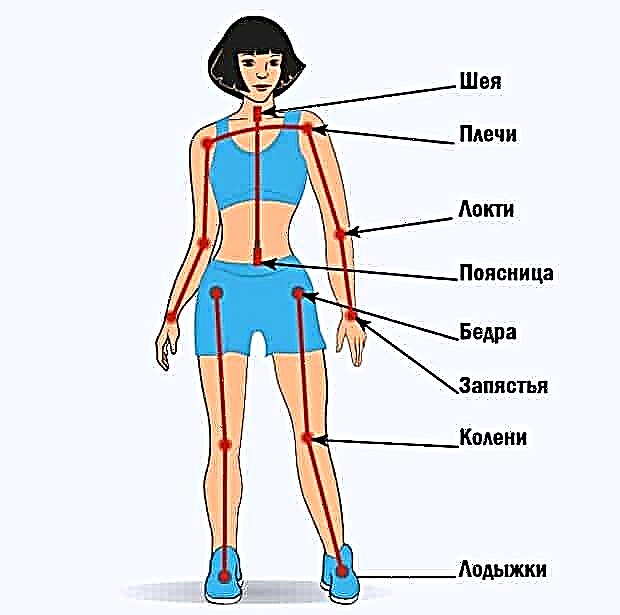
The benefits of joint warm-up
Based on the foregoing, it is difficult to deny the absolute advantages that an athlete receives if he does not neglect this type of warm-up. Let's take a closer look at them. So, the benefits of a joint warm-up before training are as follows:
- In the course of performing the exercises following the warm-up, the athlete's joints wear out to a lesser extent - accordingly, "sports longevity" is prolonged. For professional athletes, and for amateurs who train to maintain overall physical health, this is an important point.
- A full joint warm-up reduces the risk of injury in the here and now. Accordingly, the likelihood of falling out of the training process decreases. This is especially true for the pros in preparation for various competitions.
- In preheated muscles, biochemical processes are more active, due to which the muscles are able to show a higher strength potential. The effectiveness of sports activities increases by an order of magnitude.
- The neuromuscular connection (or, in a simple way, the connection between the brain and muscles) becomes stronger and better due to the use of more motor units, if a non-specific warm-up is carried out before the main activity. Plus, due to the same phenomenon, intermuscular coordination improves, that is, the ability of muscles to "interact" with each other, while straining (or relaxing) to increase the energy efficiency of the effort.
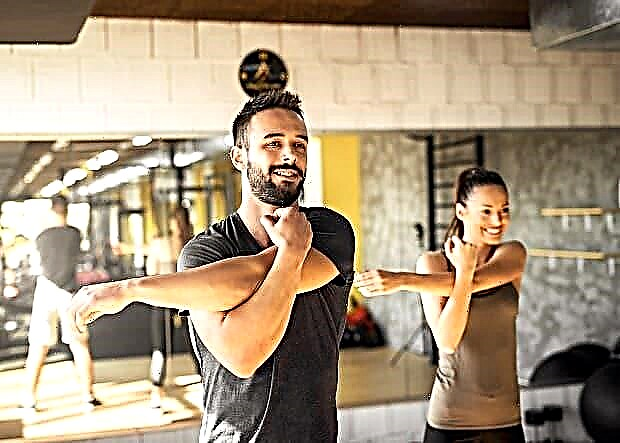
@ dusanpetkovic1 - adobe.stock.com
Kneading the joints
Now let's move on to practical recommendations for performing a full joint warm-up. For a more complete understanding of what we have to do, we recall that the joint warm-up before training should affect all the joints of our body. In this case, we use all the muscles, thereby receiving all the benefits of this type of warm-up, which we talked about above.
Below are a few rules, the observance of which will help to make kneading the joints as effective as possible.
Initial position
The optimal starting position during warm-up looks like this: standing, feet shoulder-width apart, arms either hang freely along the body, or are fixed on the belt. The body is relaxed. We breathe in our belly.
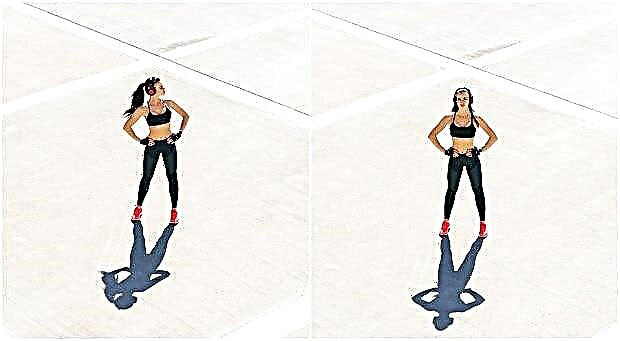
@ Maksim Šmeljov - adobe.stock.com
Top down
The sequence of working out the body is important. The most commonly used sequence is from top to bottom. Thus, we have a certain order of execution of movements: neck-shoulders-elbows-hands-lumbar spine-hip joints-knee joints-ankles. The options are:
- If you warm up before wrestling, special attention should be paid to the cervical spine and the joints of the upper shoulder girdle.

- Before "shock" training - hand joints and metacarpophalangeal joints (boxing); shins, ankles, toes (taekwondo).
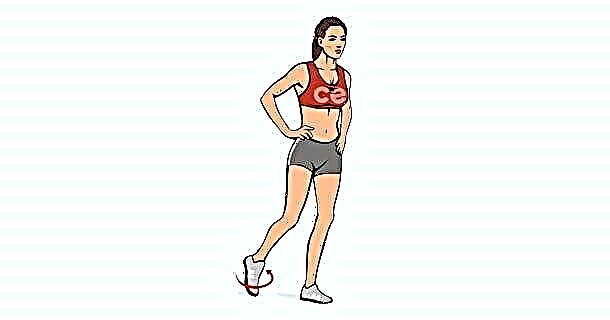
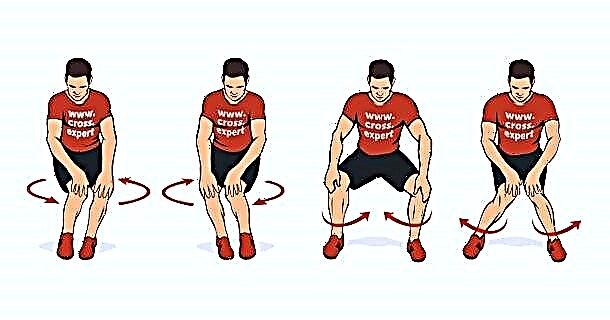
- The shoulder and hip joints require increased attention when warming up in weightlifting, powerlifting, etc.

The basic principle is to warm up all joints, but focus on the most vulnerable or on the most stressed.
From large to small
From the point of view of physiology, it would be most logical to warm up first the large joints, then move on to smaller ones - this is due to lymph and hemodynamics: in order to remove the “stagnant” venous blood and lymph from a small joint, it is necessary to release the corresponding lymphatic and hemodynamic collectors of a larger diameter, and they are located near the larger joints of the body. According to the laws of physiology, the closer the collector is to the midline of the body (and to the heart), the larger it is. Thus, in addition to the other advantages listed above from the articular warm-up, we get another one - facilitating the work of the heart muscle.
Other rules
All movements you make should be smooth - only in this case you effectively use the muscles surrounding the joint being worked out. In addition, harsh movements applied to unheated ligaments (and to tendons as well) can in themselves lead to injury.
Breathing should be calm, deep and continuous. There is no need to strain, hold your breath, exhale sharply, screaming, at least during joint warm-up. This is completely impractical. Your breathing rhythm should accelerate naturally, in sync with some acceleration in your heart rate.
Joint warm-up programs
Today, the Internet is literally full of different variations of joint workouts. Almost every more or less popular trainer or doctor has some of his favorite options and methods for developing joints before training. The warm-up kung fu project developed by the club of the same name, the joint warm-up of Norbekov, the joint warm-up "Radabor" are well known. From each of these complexes, you can take some exercises that might be useful to you.
Chinese joint gymnastics deserves a separate mention. Regarding this type of warm-up, it should be said that it is an independent type of physical activity. There are a lot of different Chinese practices of this direction, and they are undoubtedly useful for the health of the body.
All of these practices are good, but we consider the two complexes described below to be the optimal joint warm-up options for those involved in crossfit and fitness. This is the so-called “boxing” warm-up and warm-up of mixed martial arts. We invite you to familiarize yourself with them, after which you can decide for yourself what suits you best. It is possible that you will not be satisfied with any of the proposed options. In this case, we suggest that you, using the rules set out in the article, choose your own set of exercises that will be comfortable for you.
Standard exercises
A selection of basic exercises for joint warm-up. Traditionally, we make them from top to bottom.



"Boxing warm-up"
- Jogging at an easy pace - 3-5 minutes.
- Starting position: standing, feet shoulder-width apart. Perform a set of movements in the cervical spine: flexion-extension, head tilt left-right, head rotation left-right.
- The starting position is the same, but now rotate the shoulder joints back and forth.
- Next, go to rotation in the elbow joints back and forth.
- This is followed by forward and backward tilts in the lower back; then turns the body back and forth due to a twisting movement in the lumbar spine. Here, inclinations are performed with the hand touching the toe of the opposite leg.
- Rotate the pelvis horizontally to the left and right.
- Make rotations in the knee joints - first in both at the same time, then - with each knee separately.
- Rotate your ankles.
- Complete the warm-up with a complex movement. This should be an opposite movement from toe to heel with simultaneous flexion and extension of the knee and hip joints. In this case, the elbows are lowered, there is an alternate mutual rubbing of the hand, metacarpophalangeal joints, and the thumb joint (the most often injured areas).
Mixed martial arts warm-up
- Jogging at an easy pace for 3-5 minutes.
- Starting position: standing, feet shoulder-width apart. Perform a set of movements in the cervical spine: flexion-extension, head tilt left-right, head rotation left-right.
- The starting position is the same. Rotate the shoulder joints back and forth, and then make circular swings with a large amplitude back and forth.
- Next, work on the elbow joints - rotate them back and forth.
- Go to the lumbar spine: make 10 bends back and forth, then perform the same number of twists of the body in both directions. Make diagonal bends with your hand touching the toe of the opposite leg.
- Go to circular rotations of the pelvis, first in one direction, then in the other.
- To develop leg joints, swing your straight leg forward, backward, and sideways; rotation in the hip joint outward and inward.
- Do rotations in the knee joints: first in both at the same time, then separately.
- Move on to rotational movements in the ankles.
- Change the starting position: sitting with one leg extended forward, heel on the floor, toes pointing up. The second leg is bent at the knee joint, the heel lies in the groin. In this position, bend towards the extended leg, trying to touch the toes with your fingers. Next, change the position of the legs and repeat the bends to the other side.
- The starting position is also sitting, only the legs are spread as wide as possible, the knee joints are straightened. Make alternate inclinations to each of the legs, then between them, trying to bring your chest as close as possible to the floor.
- Starting position: sitting, one leg laid out to the side and lying on the floor. The second leg is bent at the knee joint, the heel touches the outer surface of the gluteus maximus muscle of the same name. Fix this position for several tens of seconds.
- Starting position: sitting on the floor, knees bent, the pelvis is between the heels. Helping yourself with your hands, try to pull your body back and (ideally) get into a lying position.
- At the end, perform a complex movement: an opposite movement from toe to heel with simultaneous flexion and extension of the knee and hip joints. In this case, the elbows are lowered, there is an alternate mutual rubbing of the hand, metacarpophalangeal joints, the joint of the thumb, both on the hands and on the legs. The phalanx should literally be overwhelmed by the oncoming movement of the foot with the floor.


